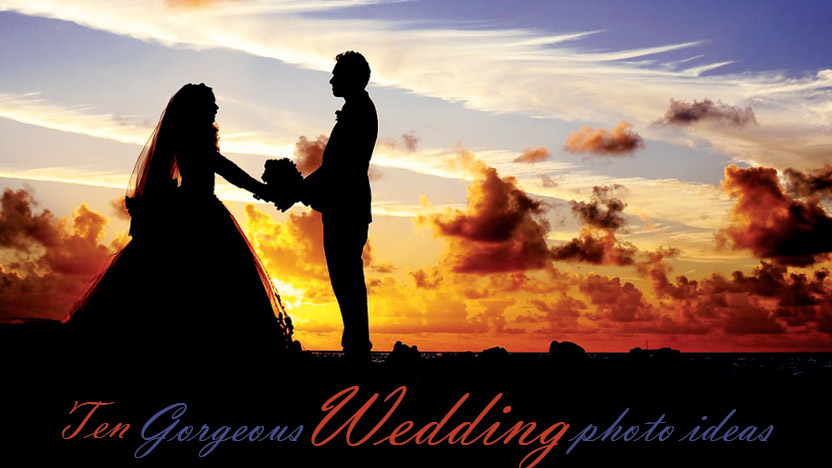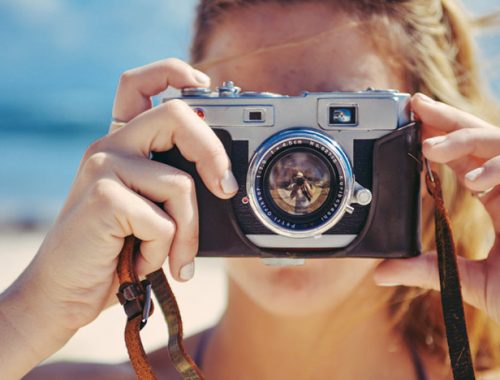This August 21, America will experience a total solar eclipse from coast to coast. It’s going to be a once-in-a-lifetime event. Will you be ready to photograph and memorialize the solar eclipse?
Safety First!
Looking directly at the solar eclipse without special glasses or another method will burn your retinas. We know not to look at the sun, but it becomes tempting when the moon or a planet covers it. So, while you’re setting up your shot, keep your protective eyewear on–even during totality! Make sure your solar eclipse glasses will protect your eyes beforehand as well by checking if they’re real or fake.
Equipment
To get a good shot of the eclipse, you’ll need certain equipment for your camera. If you’re setting up your smartphone for a photo before totality, be sure to use a filter on the lens. You won’t need this during totality.
Use a telephoto lens to get those close-up, wide-angle shots you see of eclipses on the internet. Test it out before the eclipse on the moon at night. The moon and the sun are roughly the same size during an eclipse, so this will give you a good idea of how your lens will work. You can also practice composing a wide landscape shot if you’re aiming for such an image.
Do’s and Don’t’s
Do:
- Try different angles. We mentioned above that you can compose the eclipse with a landscape. This can result in a very dramatic, gorgeous shot with the eclipse still recognizable and amazing overhead. You can also focus on the area around you. Get photos of your friends and family watching the eclipse. You can capture their awe or creative methods of watching the event.
- Use a lower ISO. Set up your camera with Manual focus and auto exposure, and then use an ISO between 100-400.
- Set your camera on a tripod. That much light could result in shaky, blurry footage, especially if you have a long exposure shot.
- Try different shutter speeds. Get shots with different exposures throughout the eclipse so you can decide later which you like. If you haven’t tried auto-bracketing before, try it out before the eclipse, rather than during.
- Test out beforehand. Whether it’s the composure of the shot, your telephoto lens, or bracketing, make sure you know your equipment and style of shot before the eclipse happens. You don’t want to risk losing your shot in such a small window!
Don’t:
- Remove your filter early. The sun can damage your equipment, not to mention your eyes! If you’re not in the zone of totality, leave the filter on the whole time.
- Use the flash. Leave the flash off on your camera, especially your smart phone! It won’t help get more light into your photo.
- Forget to watch! If you haven’t seen a solar eclipse before, remember to enjoy this event. You can take a few shots, but don’t spend the entire time on your camera. You’ll only have a few minutes, and then it’s over.
When you’ve gotten your pictures of the solar eclipse, be sure to keep them safe and show them off for your family! MyCanvas can do that for you. Whether it’s on a poster of your summer’s events or in a photo book, we can preserve these and many other memories for future generations.



